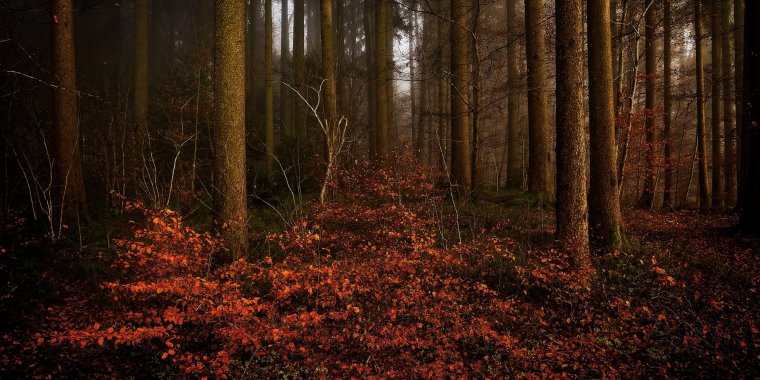| News / Science News |
Structural complexity in forests improves carbon capture
Forests in the eastern United States that are structurally complex -- the arrangement of vegetation is varied throughout the physical space -- sequester more carbon, according to a new study.

Structural complexity in forests improves carbon capture. Photo: Ricardo Gomez Angel/Unsplash
The study, by researchers at the University of Connecticut, Virginia Commonwealth University and Purdue University, demonstrates for the first time that a forest's structural complexity is a better predictor of carbon sequestration potential than tree species diversity.
"Now there is a recognition of the importance of how the leaf area is arrayed in three dimensions," says study author Robert Fahey, a forest ecologist at UConn. "The variability of the arrangement of the leaf area in the canopy can be important in terms of forest productivity as well as resilience to different types of disturbances and stressors."
Understanding how forest structure drives carbon sequestration is important for ecologists, climate modelers and forest managers, who are working on ways to mitigate climate change.
Why are structurally complex forests better at carbon sequestration? Co-author Chris Gough of Virginia Commonwealth University suggests that multiple layers of leaves may optimize how efficiently light is used to power carbon sequestration in wood. (National Science Foundation)
YOU MAY ALSO LIKE





